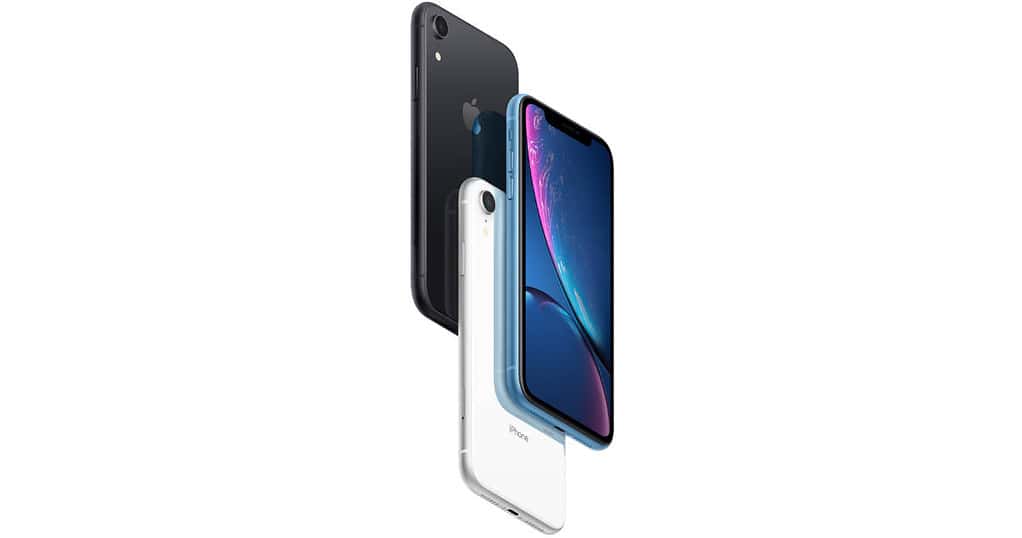How Apple Boosted Its Sagging iPhone Sales in China
Apple’s iPhone revenue for Q2 went down year-over-year. China was a major problem. But Apple took aggressive action that benefitted customers.

Apple’s iPhone XR, with other models, got a price reduction in China
The warning signs appeared in late 2018. For Apple’s Fiscal Q1 (ending in December), sales in China were down about 30 percent. That was due to the success of Huawei, but Apple wasn’t alone. Oppo, Vivo, and Xiaomi were down as well.
During Apple’s Q2 2019 Finanial Report, Jim Sousa, financial analyst with Citibank, asked about how pricing adjustments went, generally, in China. Tim Cook reiterated his opening remarks with a detailed 4-point list of what was done to deal with the negative effects of the strong U.S. dollar, competition, and shaky consumer confidence in China.
- Price reductions.
- Aggressive trade-in and financing programs.
- Help from China: strong reduction in the Value Added Tax (VAT).
- Improved trade dialog leading to better consumer confidence.
Later, in answering a different question, Tim Cook pointed out that the trade-in program offers a very attractive amount, “more than ‘Blue Book'” so to speak. When customers detect this generosity, they’re more inclined to trade in an older phone. Mr. Cook said things look much better than 90 days ago.
Sky Not Falling
One can choose to be alarmed by the decline in iPhone revenue. But what’s interesting to me is Apple’s response. Aggressive actions were taken. Services revenue made up for some of the loss. (That was the plan.) Wearables and iPad revenue were up. All year-over-year.
Related

2019 Q2 vs 2018 Q2. Info via Apple’s financial report.
And so while one can make the case that iPhone revenue didn’t continue to soar, and so Apple must have failed, the reality is that Apple has responded as any business should, to global events. Aggressive and resourceful responses combined with advance planning for new services. That’s all one can ask.
0 Response to "How Apple Boosted Its Sagging iPhone Sales in China"
Post a Comment